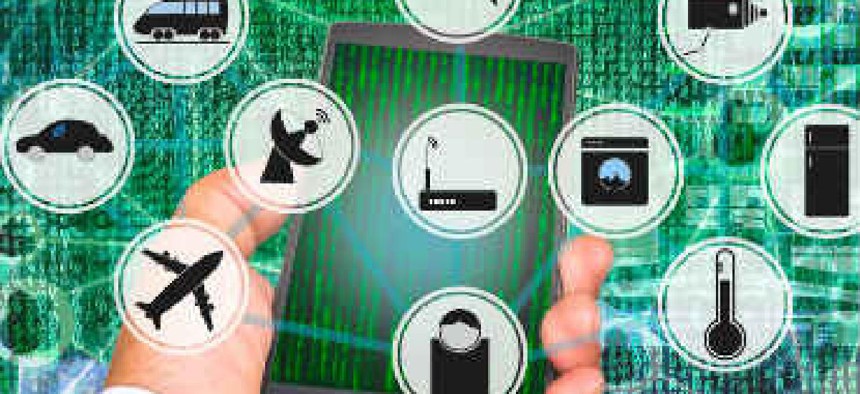How mobile solutions can drive citizen engagement for government

With well thought-out design, useful analytics, and a truly custom experience for end users, citizen experience can be improved dramatically.

What role does mobility play in citizen engagement, and how are public sector organizations implementing it with success? This question was piqued yet again recently when Forrester released its annual U.S. Federal Customer Experience Index Report by Rick Parrish, with several insights about federal government customer experience. The report covers how some federal agencies have made progress even though the federal government at large lags behind the private sector, with mobile playing a key role.
Following Forrester's recognition of the IRS for mobile innovation, we reached out to one of our government mobile leaders, IRS Director of Product Management of Online Services Andrea Schneider, to discuss the transformation her team oversaw and the role mobile played.
According to Schneider, the IRS2Go mobile application has been instrumental in the IRS' customer experience. It allows users to quickly check the status of their tax refund, view when the return was received and make tax payments if necessary. The user can be directed to free tax assistance near his/her location using location services and stay connected with the IRS through social media platforms.
As IRS designed and developed this platform, the IRS made several key design and technology decisions. Consistent with the foundation of Design Thinking, the IRS determined that using individual, experiential interviews is the most meaningful way to understand what drives the best user experience. These interviews helped the IRS to make user-centric technology decisions – resulting in a mobile tool that changes how citizens engage, rather than just another app to be used and forgotten. The agency also moved to native iOS and Android development, finding that native enabled a more personalized experience that was easier to implement and manage than the original hybrid development approach.
So where does the case of the IRS leave us with mobile solutions and how they can drive the citizen experience?
Technology alone cannot solve the customer experience gap in the public sector. However, with well thought-out design, useful analytics, and a truly custom experience for end users (something made even more possible by mobile devices) citizen experience is improving.
This approach is reinforced by the findings of a discussion on the promise of mobile to transform government, with public and private sector CIOs earlier this summer. This session, part of a CIO Forum that the IBM Center for The Business of Government hosted, included several key recommendations for leveraging mobile solutions that are consistent with the IRS experience; specifically:
Look to mobile as a path for citizen engagement:
- Identify the population who will interact via mobile means, and determine the most convenient means for them to interact
- Leverage user-centered design to truly understand user needs
Address key critical success factors for implementing mobile solutions:
- Security – need for secure authentication across mobile devices
- Culture – need to determine mission uses for devices, and how mobile applications support mission uses in a way that the workforce supports
- Governance – need to drive a business and technical architecture that ties mobile solutions to program outcomes
We will continue to explore how these issues in future posts, including an examination of Design Thinking's role in driving the best customer experience. For further insights, please see Forrester's annual U.S. Federal Customer Experience Index.





